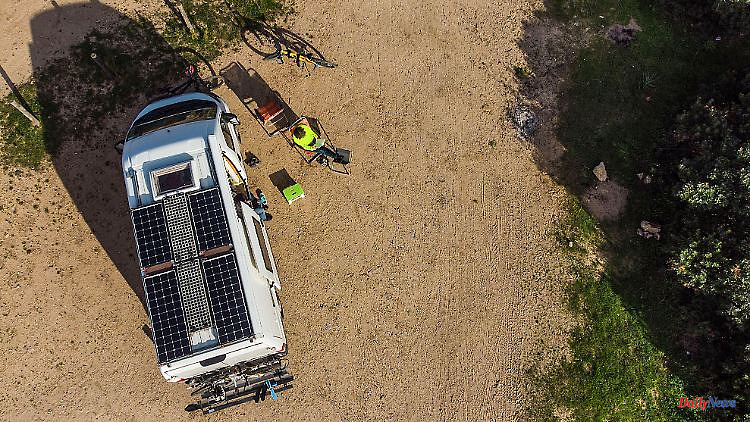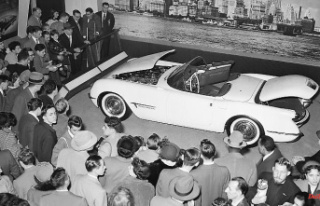For several years now, electric cars with solar cells have been announced, which should also be able to be used independently of the grid. Can this work in everyday driving? The assessment of a motor vehicle expert.
Question: Are solar cars a good solution in everyday driving that will pave the way for a clean and climate-neutral car future?
Answer from Stefan Ehl, from the expert organization KÜS (vehicle monitoring organization for freelance motor vehicle experts e.V.): Basically, photovoltaics is a good and attractive technology for generating clean electricity cheaply. Solar cells on the outer skin of cars can also conduct climate-friendly and free driving current directly into the battery tank. There are now several start-ups that offer such e-cars equipped with solar cells or that intend to bring them onto the market soon. The concepts sound tempting, but a somewhat sober approach is definitely appropriate in terms of electricity yield, savings potential and the practical use of solar technology in everyday car use.
In order for solar cells to produce as much electricity as possible, they should be exposed to intensive and unhindered direct sunlight for as long as possible. A poor angle in relation to the sun or even slight shading can drastically reduce the yield of electricity. In order to ensure a good yield, the car must stand or drive in the blazing sun as often and as long as possible. In everyday driving, however, this is not always easy and parking in the sun in particular does not make sense in every respect. In addition, parking facilities without shade are far from being available everywhere. Exposing a car to the sun as often as possible also has disadvantages, because many components and surfaces suffer from UV radiation and heat. If you want to treat your car as gently as possible, it is better to park it in a garage than outside.
If the car is parked outside to harvest electricity, a lot of the energy used to cool down the interior could also be lost. In any case, garage users will only be able to use a little of the theoretical potential that solar car manufacturers propagate as "free kilometers". According to newcomers such as Sono Motors or Lightyear, the daily electricity harvest should provide driving power for up to 70 or 84 kilometers. In typical everyday driving and on average, it will probably be significantly less. A good alternative could therefore be to refuel e-cars with solar power from a well-aligned solar system on the garage roof or carport.
Nevertheless, it can also make sense to additionally equip e-cars with solar cells on the outer skin, because these always have a positive effect on the range. At least if you are out and about during the day and in the sunshine. Then, under good conditions, you will be able to harvest an even considerable amount of power for a few extra kilometers. More in summer, less in winter.
However, due to the relatively small areas available in our latitudes, solar cars will probably not be on the road as perpetual motion machines in the distant future either. Solar technology on the vehicle is therefore an interesting option as a supplement, range booster or, to a modest extent, to relieve the power grid. The technology should offer greater potential, especially as a range extender on the roofs of electric trucks, on which comparatively large areas are available for solar panels.












